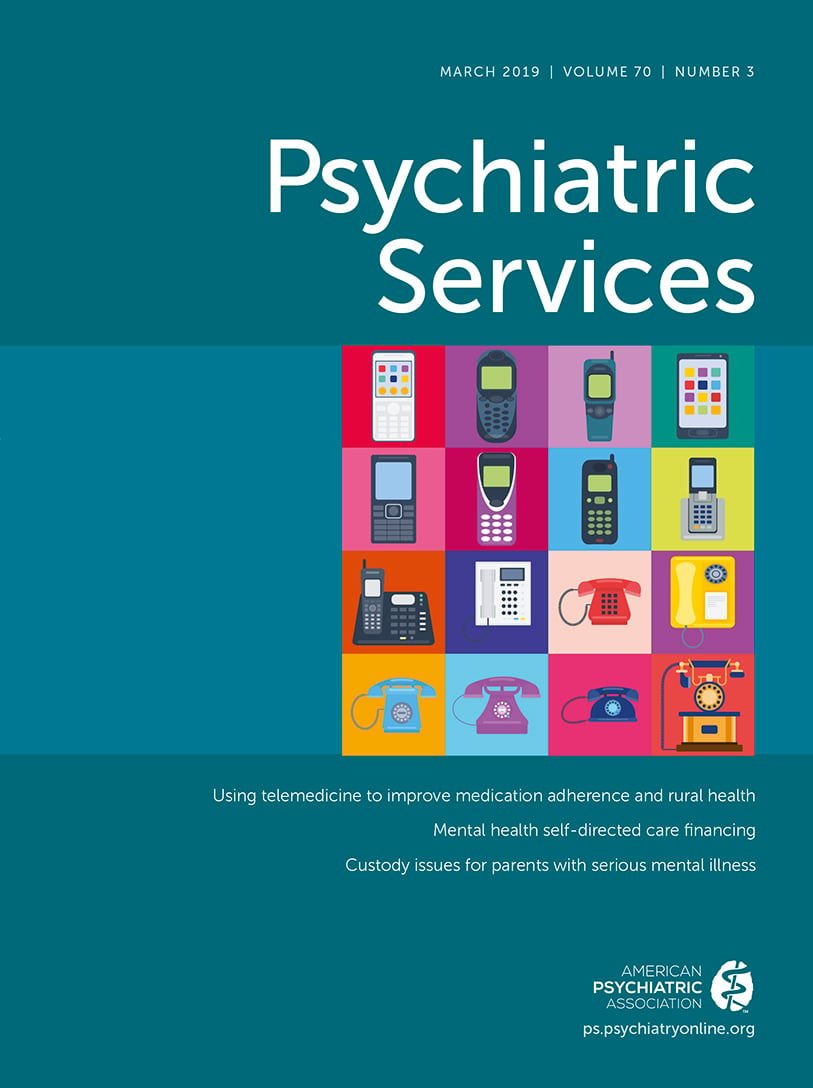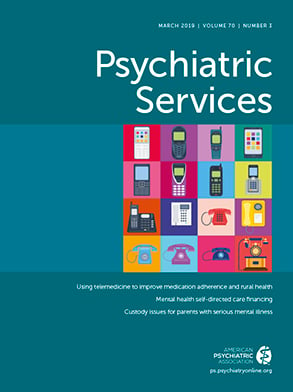The APA’s 2013 “Principles of Medical Ethics With Annotations Especially Applicable to Psychiatry” states, “A physician shall recognize a responsibility to participate in activities contributing to the improvement of the community and the betterment of public health.”
As psychiatrists, we know how to treat patients, but treating communities is a skill typically not in our wheelhouses. How can psychiatrists contribute during a community crisis or disaster? Well, it depends. Some psychiatrists may be able to draw from their training and experience. Some may be limited because of their own traumatic situation. Some may, as Milton noted, “also serve who only stand and wait.” However, I believe we have an obligation to assist when and where we can.
There are “crises” and there are “disasters,” and for psychiatrists willing to help, the distinctions are not that important. A formal definition of “disaster” contains the elements of time (sudden), impact (severity), and scope (across personal and community levels). The United Nations Office for Disaster Risk Reduction defines disaster as “a serious disruption of the functioning of a community or a society involving widespread human, material, economic or environmental losses and impacts, which exceeds the ability of the affected community or society to cope using its own resources.” One of the goals of disaster psychiatry is building resilience of individuals and communities. Previously, definitions of resilience focused on healthy responses to challenges—“bouncing back.” More recently, literature has focused not only on the reactive aspect but on proactive measures in building resilience. Individual and community resilience can be developed. As we know, individuals and communities can find a “new normal” and experience “posttraumatic growth.” Pfefferbaum et al. (
1) have worked on building strong communities through their CART project (Communities Advancing Resilience Toolkit), which covers a broad range of community sectors.
Disasters are typically categorized as natural or manmade, and response can vary accordingly. Two excellent sources for psychiatrists interested in learning more about disaster psychiatry are Ursano et al.’s 2007
Textbook of Disaster Psychiatry and Stoddard et al.’s 2011
Disaster Psychiatry: Readiness, Evaluation and Treatment. Also, the American Psychiatric Association has a Disaster and Trauma section in the Professional Interests area of its Web site (
https://www.psychiatry.org/psychiatrists/practice/professional-interests).
My own work in disaster psychiatry came out of personal experience with a natural disaster, a severe flood. While my family dealt with risks to our own health and home, I happened to visit briefly with one of my former attending physicians, a surgeon who was also deputy mayor of our community. As the flood threatened, the mayor made daily “roundtable” broadcasts to the community, and during one of these, I commented that the broadcasts were an opportunity to address matters of coping and resilience. Thereafter, I was “invited to the table” to assist. I occasionally stumbled, but I was useful because (as we teach our medical students) I was “able, affable, and available.” I learned to keep messaging simple and to be flexible, recognizing that a planned message might need quick revision depending on unfolding circumstances. I learned about best practices and which interventions might cause more harm than good. Self-care became a message not only to the public and patients but also to me and my family. Most important, contributing afforded an opportunity to assist leadership and staff in helping large groups of people and themselves to be as successful and healthy as possible. Norris et al. (
2) have found that resilient communities share several traits, with strong leadership being imperative.
Messaging from the roundtables that was well received by the public included reminders of “the 3 Rs:” obtaining rest and trying to maintain relationships and a semblance of routines. Evidence-based resilience tips were recalled during the recovery phase with the FACTS acronym (
3):
Foster hope,
Act with purpose,
Connect with others,
Take care of yourself,
Search for meaning. Out of those disaster experiences arose (utilizing networks already in place) a regional resilience group; not surprisingly, many of the members were from faith-based communities. This group process, aimed at strengthening community, reflects what Bandura (
4) called “collective efficacy.” Research has shown that enhancing collective efficacy is associated with a reduction not only in mental illness but also in violence (
5).
Recently, the United States has been dealing with a host of both natural and manmade events. For the latter, addressing societal discord is beyond the scope of this Viewpoint. However, from a wellness standpoint, the less connected people are to each other, the less healthy we are as a community. Social connectedness is a major protective factor in individual and community resilience. And expansion of societal inequalities has implications across numerous sectors, as Wilkinson and Pickett have discussed in their well-researched 2009 book, The Spirit Level. Some of this disconnectedness, this unwillingness to see each other as deserving mutual respect, has been associated with an increase in extremism, including violence. The Centers for Disease Control and Prevention provides on its Web site “10 Essential Public Health Services” as advice to communities. Addressing violence clearly would fall under the purview of this framework.
Studies show that people are less biased against other cultures and religions when they know an individual from that group. In my community we have had various faith-based and minority groups offer an “open house” to enhance dialogue with the public at large. These gestures have been well received. However, even as people become willing to talk with others in the community who see the world differently from themselves, all members of the community need to be aware of their own preconceptions. As psychiatrists, our training has taught us the value of self-reflection. We all have an obligation to recognize and address our own confirmation bias and how we manage cognitive dissonance.
A 2011 White House paper titled “Empowering Local Partners to Prevent Violent Extremism in the United States” noted
We must remember that just as our words and deeds can either fuel or counter violent ideologies abroad, so too can they here at home. Actions and statements that cast suspicion toward entire communities, promote hatred and division, and send messages to certain Americans that they are somehow less American because of their faith or how they look, reinforce violent extremist propaganda and feed the sense of disenchantment and disenfranchisement that may spur violent extremist radicalization.
So, to my psychiatric colleagues: learn, be available, and lean in when you see how your skills might be of assistance communitywide. And remember, you become an expert by becoming an expert.

